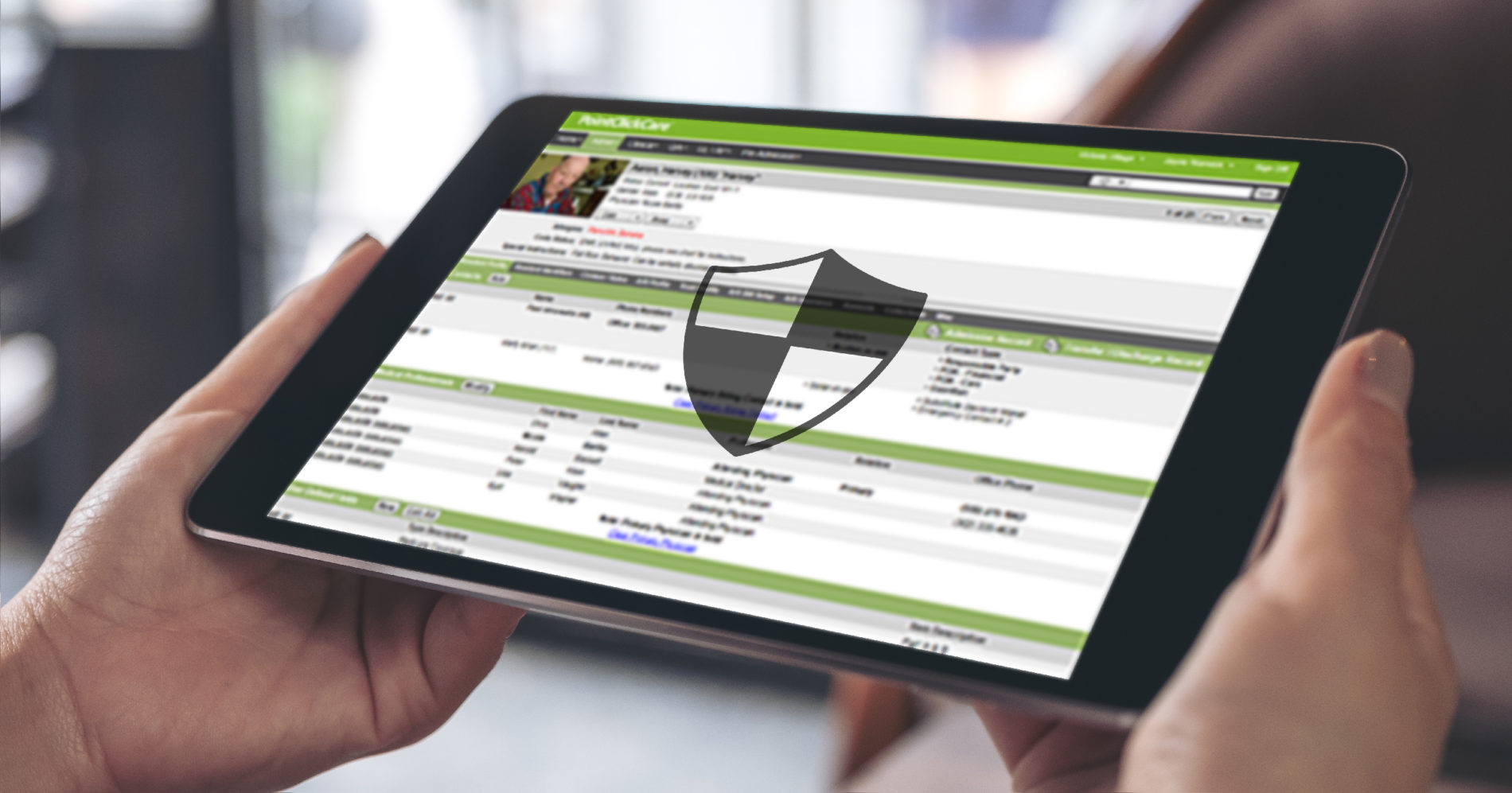
How the Right Technology Can Improve Transitions of Care
 5 min
5 min
PointClickCare recently released the results of our 2019 Patient Transition Study, conducted in partnership with independent research firm Definitive Healthcare.
We surveyed 100+ c‐suite executives from both acute and post‐acute care facilities, who offered their take on data sharing, concerns about interoperability, and other pressing pain points in care delivery and coordination. The respondents revealed that many healthcare professionals still struggle with, or have reservations, about sharing data with their healthcare partners. The statistics reveal the realities of their concern:
- Two percent of acute care and LTPAC providers use only IT‐driven strategies to coordinate patient care and transfer data
- 36 percent of acute care providers use manual‐only strategies to coordinate patient transitions with the LTPAC community
- 62 percent of post‐acute care facilities rely on phone calls between case workers to transfer patient information and other clinical details
- Only 11 percent of acute care providers use an integrated EHR
- More than one‐third (36 percent) of acute care providers do not track patients after they are transferred to a post‐acute care provider
As value‐based and payment‐care models move to the forefront, blind handoffs of patient information are simply no longer viable. These providers need to understand that it is possible to safely and securely share complete data in real time. Let’s take a closer look at what’s holding them back, and the steps they could take to modernize their processes.
Patient Information Still Inefficiently Shared – at a Risk
Our respondents said that they use both manual and IT processes to share patient information. However, during many patient transfers, healthcare providers admitted that they share essential patient information on paper, via fax, or over the phone – even if they have sophisticated internal IT systems. These inefficient data exchange methods are prone to mistakes, mismatched details, and omissions.
Without the right information exchange, costs increase, and patient care is delayed. In addition to inconveniencing patients, this care transfer methodology also raises risks for healthcare providers. At some point, there’s the potential for a break in information on both sides, which can be exacerbated if a readmission to the acute care facility is necessary.
Acute Care Providers Limit Data Shared with Post‐Acute Care Partners
Despite best efforts and intentions, many providers still aren’t sharing all patient data and information. Most acute‐care providers told us that they share only the “most critical” data points when it’s time to move a patient to post‐acute care. This means that key elements imperative to coordinating care – measurements and observations, location, patient status and advanced care planning information – are still missing.
The survey respondents attributed their reluctance to adopt electronic data transfer to concerns about patient privacy, even if those concerns are unfounded. However, many staff members said they’re more comfortable transmitting protected health information via paper or fax than on a secure digital system. Even with unprecedented levels of security, it’s difficult to break old habits.
You can imagine the frustration on the LTPAC end of the transfer. Our study revealed that patients often arrive at a post‐acute care facility with incomplete information. The LTPAC responders also cited lengthy faxes in which only four to five pages are relevant to care coordination. Summaries and hand‐written notes do not equal an actual patient medical record!
The Lack of Data Exchange Presents Additional Challenges
While organizations on both sides of the patient care equation said they’re prioritizing the implementation of interoperable patient transfer systems, the reality paints a different picture. Almost half of the acute care responders reported that interoperability issues present above‐ average financial challenges, and more than half of them said they had “very little” ability to share patient data electronically.
The absence of standardized forms and data‐entry fields fuels frustration for both acute and post‐acute caregivers. Plus, existing glitches in information exchange sometimes cause extended hospital stays which are not always covered by insurance.
A Transformation of Patient Transitioning is Possible
As our vice president and general manager of post‐acute insights, B.J. Boyle, said when the study was released, “Our healthcare system is approaching a critical time in which the ‘silver tsunami’ will drive baby boomers into hospitals and post‐acute care facilities in record numbers. Combined with the nursing shortage, razor thin margins, the need to reduce hospital readmissions, and increased government regulations are all creating the need for technology that can deliver best practices for improving patient care.”
By implementing changes now in how they share data, acute and post‐acute care providers will be able to better manage the care transitions that will come with this influx of patients:
- Implement a cloud‐based infrastructure that streamlines secure data exchange between all patient care providers
- Use health data exchange to improve communication and the transparency of data
- Educate staff and healthcare providers about the benefits of information exchange
Providers must recognize that opening data access to all pertinent care providers is necessary for fully‐realized interoperability. With an actual exchange of data, they’re more likely to optimize care and reduce problems that could result from patient readmissions. By allowing all stakeholders to access and exchange insights through a secure, single source, both acute and post‐acute facilities will make faster, more confident decisions – leading to smoother transitions of care.
This transparent health data exchange also helps forge a stronger relationship between acute and post‐acute care providers. In addition, it enables robust population health capabilities that can be scaled as the number of patients needing post‐acute care grows. Finally, when staff and health care providers fully understand how today’s technology maintains security and privacy, changing their workflows for the better, they will no longer resist using powerful EHR solutions.
It’s Time to Take Action for Better Care Delivery
Reducing readmissions and improving outcomes and financial results require a clear, comprehensive view of care for each patient in acute and post‐acute care, and as they transfer from one to the other. By moving away from a siloed healthcare system where communication among hospitals and their skilled nursing partners is neither standardized nor coordinated, all parties can not only improve their processes, but also set the bar for new best practices in transitions of care.
September 24, 2019






